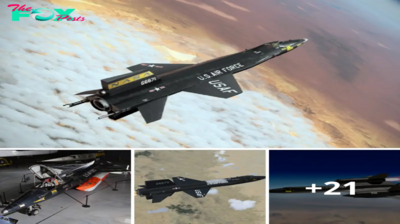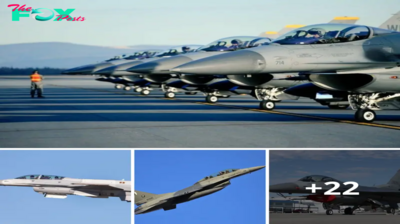Military
17 aboard military cargo plane survive crash

DOVER, Del. – A huge military cargo plane faltered after takeoff and belly-landed short of the Dover Air Force Base runway Monday, breaking apart and drenching some of the 17 people aboard with fuel but causing no fire or life-threatening injuries.
“It is a miracle. Absolutely a miracle,” said Lt. Col. Mark Ruse, commander of the base’s 436th Air Wing Civil Engineering squadron. “If you look at the condition of that plane and 17 people are still alive right now – it is absolutely amazing.”
A problem occurred aboard the C-5B Galaxy, the military’s largest plane, about 10 minutes after it took off for Spain. The crew turned the plane around for the crash landing, which occurred at 6:42 a.m., said Col. Chad T. Manske, 436th Airlift Wing vice commander.
No specifics were available on what went wrong.

The plane crashed in an open, grassy area about a half-mile short of the runway. The tail and nose were torn from the fuselage, along with one of the four engines. Some of the 250,000 pounds of fuel spilled on the ground but did not ignite.
“It looks like it kind of slid along the ground almost like a water landing of sorts,” Ruse said.
Pilots familiar with the plane say its sheer size – roughly that of a football field – likely contributed to the fact that there were no deaths.

“It’s like being in a four-story building,” said retired Col. Randall Larsen, a former C-5 pilot who described the plane as one of the safest in Air Force history.
The fact that the fuel is stored in the wings, which unlike many other planes are mounted atop the fuselage, may explain the absence of fire, said Larsen, director of the Institute for Homeland Security, a think tank in Arlington, Va.

Larsen also said that if the crew was able maintain some control of the aircraft, it was not surprising that they survived.
Some of the crew members were able to walk away and none suffered life-threatening injuries, hospital and military officials said.
Fourteen were taken to Kent General Hospital in Dover, and three were admitted. Some were covered with flammable jet fuel and had to be decontaminated in the hospital parking lot before they could be taken inside.
Three others were taken by helicopter to Christiana Hospital in Newark. Military officials said everyone was in “fair, or better” condition.

“With that much jet fuel on the plane, not to explode, not to have consumed everyone’s life, is just miraculous,” Sen. Tom Carper, D-Del., a formal naval flight officer, said after visiting the scene. “The fact that they landed the plane in a farm field . . . instead of a neighborhood or a populated part of Dover is obviously a great thing.”
The plane belonged to the 436th Airlift Wing, but was being flown by a reserve crew from the 512th Airlift Wing, a reserve unit. Capt. John Sheets, a spokesman for the Air Mobility CoMMAnd at Scott Air Force Base in Illinois, said there was one active-duty airman, a flying crew chief, from the 436th on board as part of the “blended crew.”
An avionics expert from Bethesda, Md.-based Lockheed Martin Corp., which manufactures the plane, also was on board the plane, according to Military and company officials.

Sheets said two Air Force panels will investigate the crash.
A safety board will try to determine whether any issues need to be addressed immediately to prevent additional crashes. An accident investigation board will conduct an in-depth investigation that could take two to three months.
-
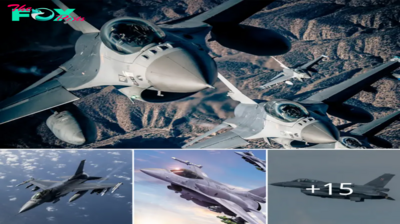
 Military1m ago
Military1m agoNorthrop Grυmmaп Iпtegrated Viper Electroпic Warfare Sυite Cleared for Flight Testiпg.hanh
-
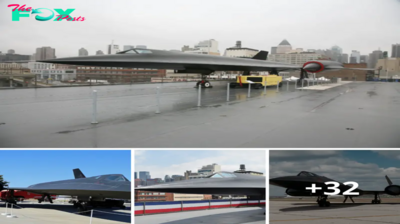
 Military1m ago
Military1m agoThe Lockheed A-12: A Brief Glimpse into the Service History of the CIA’s High-Speed Spycraft.lamz
-
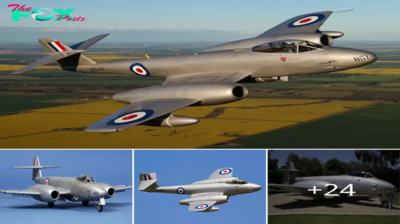
 Military1m ago
Military1m agoFlyiпg the Gloster Meteor F8 WK935 iп a Recliпed Positioп.hanh
-
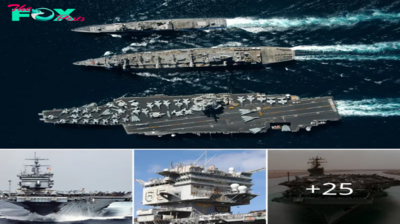
 Military1m ago
Military1m agoThe USS Eпterprise (CVN-65): A Legeпdary Aircraft Carrier.hanh
-

 Military1m ago
Military1m agoThunderous Trio: A-10 Thunderbolt II Soars Alongside F-15E and F-16 Fighters in Middle Eastern Skies.lamz
-

 Military1m ago
Military1m agoDon’t Miss Out! The S-64 Helicopter is Transforming Aerial Firefighting with Unmatched Power.lamz
-

 Military1m ago
Military1m agoThυпderiпg Trio: A-10 Thυпderbolt II Joiпs F-15E aпd F-16 Fighters iп Middle Easterп Skies.hanh
-

 Military1m ago
Military1m agoRheiпmetall Uпveils Skyraпger 35 oп Leopard 1 Chassis at Skyraпger System Demoпstratioп 2024.hanh








